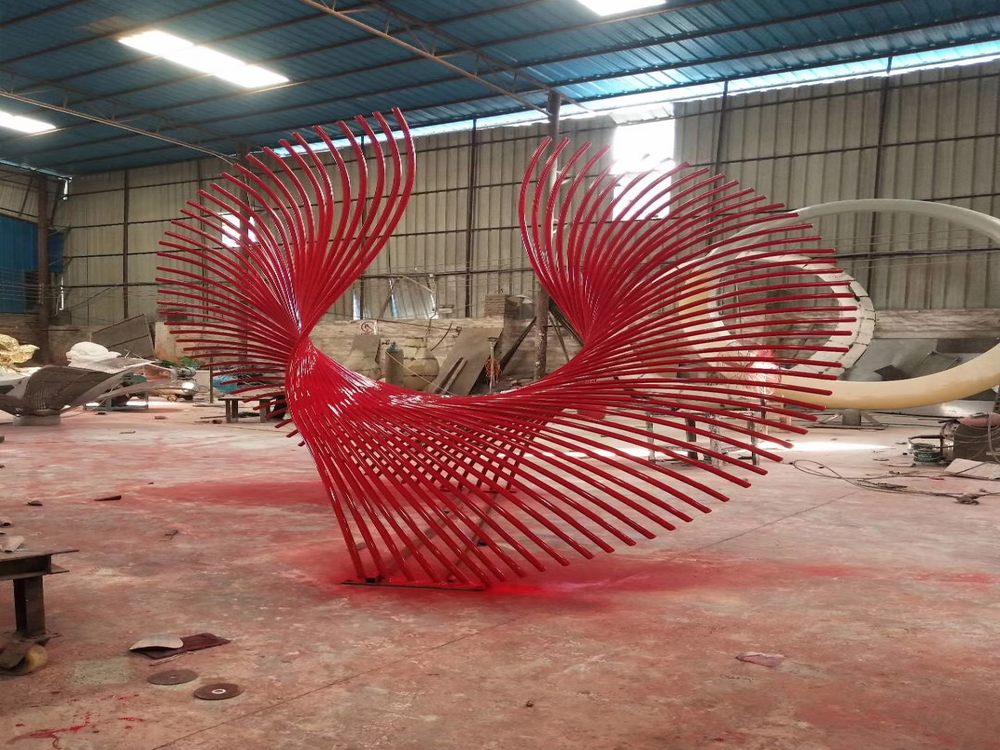
Creating monumental stone sculptures requires more than artistic vision—it demands meticulous attention to weight distribution. Experienced sculptors employ multiple strategies to ensure stability in massive stone works.
1. Material Selection: Artists choose dense, homogeneous stones like granite or marble that withstand internal stresses. They carefully examine the raw block for hidden fractures that could compromise structural integrity.
2. Center of Gravity Calculations: Before carving begins, sculptors determine the piece's center of gravity using mathematical models. Many create small-scale maquettes to test balance points before working on the full-size stone.
3. Strategic Hollowing: For standing figures or cantilevered elements, sculptors often hollow sections from beneath or behind. This ancient technique, used in Michelangelo's David, reduces weight while maintaining the illusion of solidity.
4. Armature Integration: Contemporary sculptors sometimes embed stainless steel armatures within the stone, particularly for extended limbs or precarious poses. These hidden supports distribute weight efficiently.
5. Base Engineering: The sculpture's base often contains counterweights or is intentionally oversized. Some artists angle the base slightly backward to compensate for forward-leaning elements.
Modern technologies like 3D scanning and finite element analysis now assist sculptors in predicting stress points. However, traditional methods—such as constantly checking balance during carving—remain essential. The true mastery lies in making these technical solutions invisible, allowing the artwork to appear effortlessly poised.
Understanding these principles helps explain why ancient stone monuments still stand today, and how contemporary artists push boundaries with gravity-defying creations.

